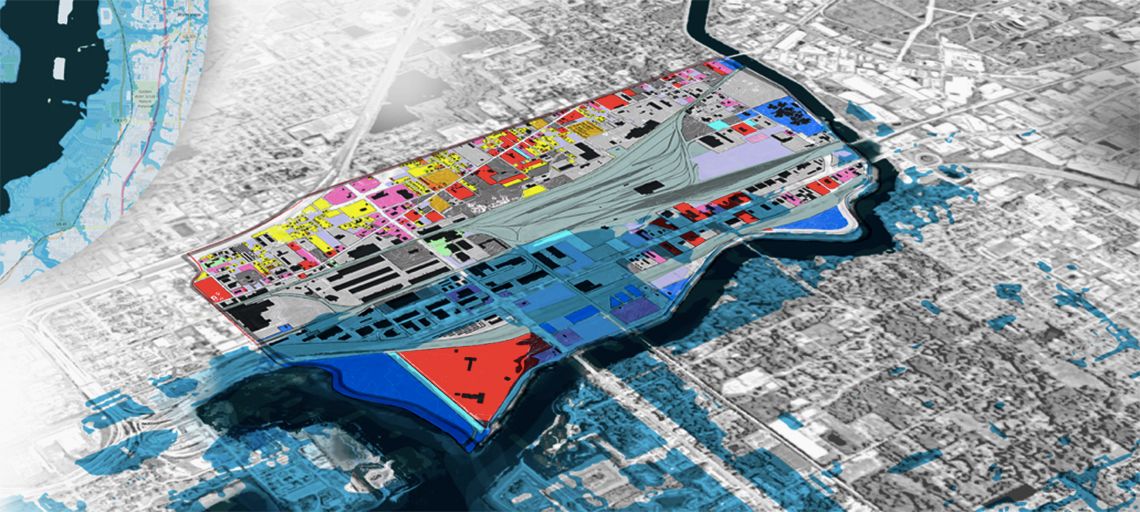Planning prof finds reduced flood risk in alternate land use plan
Stark differences in flood exposure and pollutant discharges corresponding with different urban growth scenarios in Tampa, Fla., were detailed in a study by Galen Newman, director of the Texas A&M Center for Housing and Urban Development, and three research colleagues.
“Our findings show that growth based on the existing land use plan for Tampa has higher flood exposure and pollutant discharge than a hazard-resilient approach to future growth,” he said.
In the growth scenarios, Newman and his research colleagues also included climate change-related future floodplain levels projected by the National Oceanic and Atmospheric Administration.

The group’s findings are widely relevant because 39 percent of the U.S. population resides in coastal counties, and more than 600 million people live in coastal regions near sea level.
“Sea level rise due to climate change makes coastal populations more susceptible to flood risk,” said Newman. “The use of land change prediction modeling to inform scenario-based planning has been shown to help deal with uncertainties in urbanization such as urban growth and flood risk.”
To arrive at their findings, Newman’s team used a land transformation model that combines geographic information system data — which allows users to analyze and understand spatial relationships, patterns and trends — with a neural network, a statistical data modeling tool.
They applied the land transformation model to three different urban growth scenarios in Tampa:
• growth based on the city’s current growth patterns;
• growth based on the city’s current land use plan, and
• growth based on future development occurring outside the projected floodplain.
With land use projections in hand, the researchers created master development plans for each scenario with NOAA’s projected, climate change-based floodplain levels. They assessed each master plan’s projected flood risk and pollutant discharge with a long-term hydrologic impact analysis model, which estimates the impact of a given area’s land use changes.
Newman’s research partners were Youjung Kim, now an assistant professor at Concordia University, Karishma Joshi ‘20, now an associate landscape designer at Carducci Associates, and Jiali Liu ’20.
The project was funded by the Texas A&M Office of the Vice President for Research as part of the university’s ongoing commitment to the Texas A&M Superfund Research Center.


